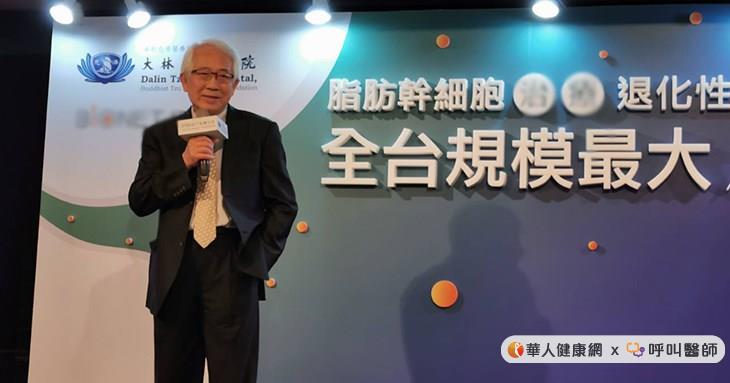最新文章
文章標籤 Tags
- #退化性關節炎#呂紹睿
- #經常腰痛
- #半夜驚醒
- #長期睡前玩手機
- #減肥瘦身
- #有關骨折的那些事
- #坐骨神經痛
- #腳腫原因
- #痛風預防及治療
- #運動很難堅持
- #重訓
- #疲勞
- #骨折的那些事
- #食物抗疲勞
- #睡前玩手機
- #良好生活習慣
- #如何挑選合適的枕頭
- #長期照護2.0
- #緩解眼睛疲勞
- #骨關節炎
- #胃最怕這4件事
- #8個不用餓肚子的減肥方法
- #體重標準#BMI
- #瑜伽拉伸
- #跑步減肥
- #胃部健康
- #偏頭痛
- #感冒
- #過年飲食
- #提高免疫力
- #拇趾外翻
- #減肥燃脂
- #減肥正確方法
- #腰椎警報
- #保護關節
- #保護腰椎
- #冬季泡腳
- #天冷#手腳冰涼
- #減重
- #頭暈
- #為何常感覺疲倦
- #凌晨醒來
- #預防感冒
- #骨質疏鬆
- #滑膜炎
- #體重標準
- #手腳冰涼
- #頸椎病
- #亞培葡勝納#糖尿病營養管理
- #立冬養生
- #落枕
- #骨折癒合期安排
- #健康飲食#養生習慣
- #改善失眠
- #碳水化合物
- #反式脂肪
- #預防頸椎病
- #靜脈曲張
- #腰痛
- #疲勞骨折
- #血栓
- #失眠的危害
- #類風濕關節炎
- #膝關節疼痛
- #睡覺時不舒服
- #預防腰間盤突出
- #熬夜玩手機#症狀
- #疼痛理療
- #緊張性頭痛#偏頭痛
- #半夜腿抽筋
- #缺鈣
- #吃宵夜
- #餓著睡
- #深度睡眠
- #夏天減肥
- #刷牙
- #扁平足
- #體內有疾走路知道
- #免疫力
- #防中暑
- #骨質疏鬆#運動
- #骨癌
- #久坐
- #腰酸背痛
- #甜味劑
- #阿斯巴甜
- #口乾舌燥
- #腿抽筋
- #網球肘
- #膝蓋發軟#缺鈣#疾病示警
- #下肢靜脈健康
- #雙腳症狀
- #護眼
- #睡覺多夢
- #增強免疫力
- #跟腱斷裂診斷
- #減肥
- #膝蓋疼
- #半夜自然醒
- #長贅肉
- #膝蓋痛#休養#運動
- #補鎂
- #痛風
- #維生素C
- #睡姿#毛病
- #腳腫#健康
- #骨頭損傷#癒合營養
- #失眠原因
- #提升睡眠力
- #手指疼痛
- #白天總是愛睏想睡
- 身體這些部位疼,可能是心臟在求救!
- #足跟痛
- #退化性關節炎
- #抽筋
- #肌肉筋膜炎
- #肌筋膜疼痛症候群
- #壽命關鍵期
- #三種飲食習慣
- #強化骨骼#預防骨質疏鬆
- #放假症候群
- #血糖過高
- #提高代謝
- #輪椅
- #腰部疼痛
- #告別易胖體質
- #類風濕性關節炎
- #髕骨軟化症
- #頸椎問題
- #增強免疫力的6種有效方法
- #提升免疫力運動
- #跑步#6項變化
- #科學控制體重
- #睡久疲勞
- #提高免疫力的 7 個技巧
- #冬季運動
- #多走路的好處
- #脂肪肝注意
- #糖尿病患洗腎後,該怎樣移動?
- #失眠
- #頸椎
- #預防骨質疏鬆
- #跳繩
- #五十肩
- #深秋養生關鍵
- #養生食物注意
- #吃維生素C是否可以預防感冒
- #咖啡別亂喝
- #世界骨質疏鬆日
- #護肝
- #關節炎
- #上廁所時玩手機
- #脫臼
- #慢性疲勞綜合徵
- #脂肪堆積
- #暈眩#血液黏稠
- #視力模糊
- #白髮#預防
- #飲食注意
- #活動頸部#改善姿勢
- #腦霧
- #睡覺#尿酸
- #視力下降
- #預防衰老
- #空調#症狀
- #腰椎#預防
- #飲料#身體危害
- #中暑
- #早起#5個好處
- #脖子疼#緩解
- #睡眠驚跳
- #鍛鍊緩解
- #膝關節損傷
- #睡眠障礙
- #起床別做這件事
- #聽力#減壓
- #預防頸椎
- #坐骨神經痛#成因
- #失眠#睡眠障礙
- #背痛#肩膀痛#頸椎
- #高血脂#症狀
- #保護脾胃
- #祛濕降熱
- #鍛鍊#強腰護身
- #感冒#免疫力
- #盜汗怎麼了
- #失眠#補充維生素
- #蛋白質#缺乏#補充
- #低熱量飲食#預防疾病
- #補鈣
- #養胃秘訣
- #關節炎#關節疼痛
- #痠痛
- #胃病如何引起?
- #出現胃病要注意什麼?
- #腎臟#注意#保養
- #咖啡愛好#注意
- #少食#健康
- #背痛
- #警訊
- #正確吃雞蛋
- #慢性疲勞綜合症
- #眼部照護#日常補充營養
- #免疫力#自我檢測
- #養肝
- #傷肝食物
- #肩周炎#五十肩
- #腰椎受損
- #3件事
- #善用輔具#生活自主權
- #過年#保健#腸胃
- #天氣寒冷#關節痛
- #養生
- #少吃寒涼食物
- #傷身
- #生活習慣
- #骨折#飲食調理
- #春節飲食
- #痛風#飲食
- #運動
- #輪椅照護
- #冬天如何運動才最養生
- #冬季如何保暖 8個保暖妙招讓你不再怕冷
- #生活中的8種養生小常識
- #痛風#飲食#4原則
- #為什麼一到冬天就不想起床
- #脾虛#4個症狀
- #糖尿病#預防
- #高血壓#5種表現
- 日常保健的 6 個最佳時間
- 台灣骨科名醫韓毅雄:為什麼說爬山爬樓梯是最笨的運動
- 醫生,骨科術後要怎麼吃?
- 慢性病患者怎麼運動更健康?
- 食用過多微波爐加熱食品是否會致癌 ?
- 骨刺的三種治療方法!吃藥沒多大作用,6種生活保健方法
- 預防慢性病,重視養成這5個習慣,管理好自己的生活方式
- 慢性病患者前兆,特別注意身體的這個信號,一定要警惕治療
- #深蹲#這幾類人不要做
- #關節為什麼會沾黏?
- #關節炎不能吃什麼食物 這4類食物一定要忌口
- #背部肌肉拉傷多久能好
- #拇趾外翻#危害#康復#對應方法
- #手臂#痠痛
- #運動痠痛#肌肉拉伸#按摩
- #網球肘#治療#預防
- #網球肘#治療
- #腰背痛#10大原因
- #治頸椎#好方法
- 冰敷的三大特點
- 骨折
- 媽媽手
- 腳踝
- 骨頭
- 後背酸痛
- 頸椎
- 腰椎
- 膝蓋
- #背痛#警訊
- #肩頸痠痛
- #骨折#癒合
- #保持活動
- 糖尿病
- 運動傷害
- 足部疼痛
- 拇指外翻
- #關節護具
- #保護身體
- #預防傷害
- #如何穿對護膝#運動使用#止痛用#保養用
- #腳踝扭傷
- #治療復健
- #前膝痛#過度使用#如何治療
- #足踝骨折#治療#提前負重
- 腕隧道症候群
- 靜脈曲張
- #腳踝扭傷#
- #急性軟組織傷害處理原則
- #預防扭傷
- #退化性關節炎#預防膝關節退化#治療趨勢
- 足底筋膜炎
- 十字韌帶 韌帶
- 運動
- 慢性疾病
- 活動
- 醫療補助申請
- 熱門促銷
- 深層靜脈血栓
足踝骨折治療的新選擇
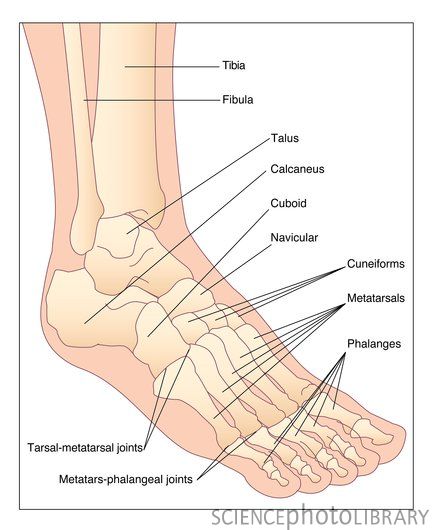
| 台灣人骨折發生率亞洲第1、世界第7 所有在工作場所受的傷,約有9%為骨折 而骨頭復原一般需要6-8週,有些甚至長達2年 發生骨折的原因
症狀
|
足踝關節的解剖圖 腳掌共有26塊骨頭,區分三部分
|
||
| 一般骨折治療方式(取決於類型和嚴重程度) | |||
| 穩定性骨折 | 不穩定骨折 | 應力性骨折 | |
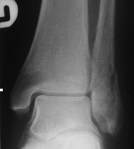 |
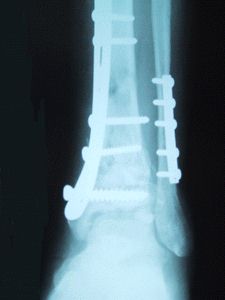 |
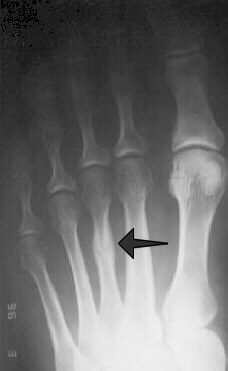 |
|
傳統治療骨折的方法→石膏
傳統的治療方式並無法同時保護骨折部位並讓病人保持活耀,然而長時間的固定會造成復原骨頭強度的減弱。
石膏的不良後果
- 肌肉萎縮
- 在足踝骨折石膏固定6-8周後,小腿肌肉減少20%-32%,力量減少40%-53%。
- 需進行10周的物理治療來回復肌肉表現
- 關節僵硬(肌肉和肌腱固定後會變短且不能伸展,回復需要3個月)
Wolff’s定律-骨頭癒合
現在有一個比石膏固定更好的方式--- 藉由使用氣動式足踝護具達到早期活動 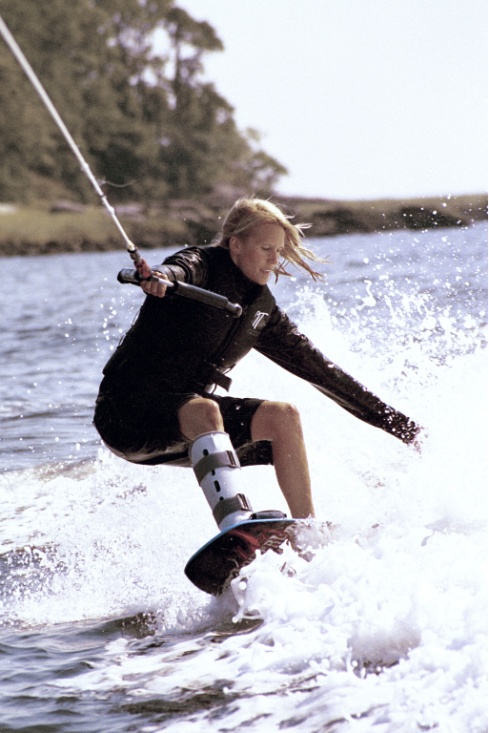 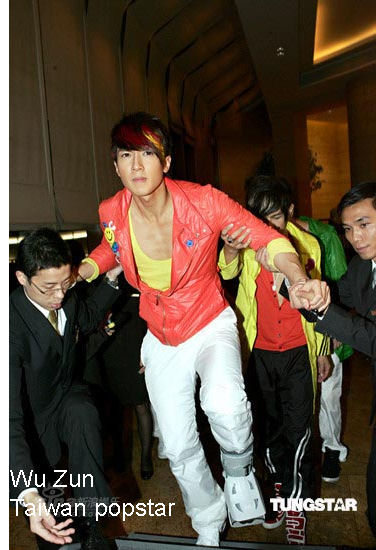 |
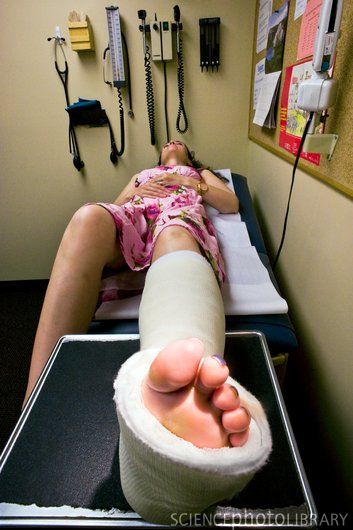 |
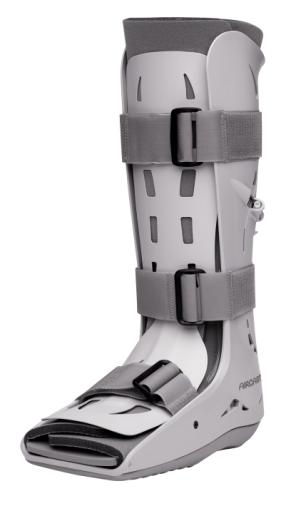
氣動式足踝護具提供早期活動-提早活動可預防僵硬
- 半硬式的外殼設計提供過去只有石膏可以提供的強韌保護
- 可自行調節的氣囊幫助護具與肢體的服貼增加穩定性
- 漸進式的動態脈衝壓力,有效降低血腫,幫助血循
- DUPLEX氣囊可調整充氣效果已達到完整包覆傷口部位達到完美貼效果並提供脈動式加壓緩解傷口腫脹
更好的臨床結果---早期活動
- 踝關節功能復原更好,像是活動範圍。
- 更快回到日常生活
- 負重行走能加強骨質形成使骨骼更強壯→相較於石膏較不會骨質疏鬆
更具經濟效益-直接或間接減少醫療保健費用
$提早恢復工作與勞動
研究顯示,一般使用石膏的平均復原期為106天,使用氣動式足踝護具之病人可比使用石膏之病人提早53天回到工作岡位。
以目前基本工資19047來算,使用氣動式足踝護具可使您多收入25k。
(19047/月=635/天)╳53天-8200頂級氣動式踝護具(長)=25455元
石膏遠比想像中錢花得多
- 當腫脹消失後,石膏會變得鬆垮失去功能,所以需要經常更換
- 須回診確保無併發症發生
- 國外已有文獻指出,並不推薦長時間使用石膏,使用不當或長時間穿戴石膏會增加併發症的風險
石膏可能會引起的併發症
- 骨筋膜室綜合症(石膏太緊引起)
- 褥瘡及皮膚潰爛
- 皮膚炎
- 感染
- 壓力引起的神經麻痺
- 缺血
提前負重的好處
|
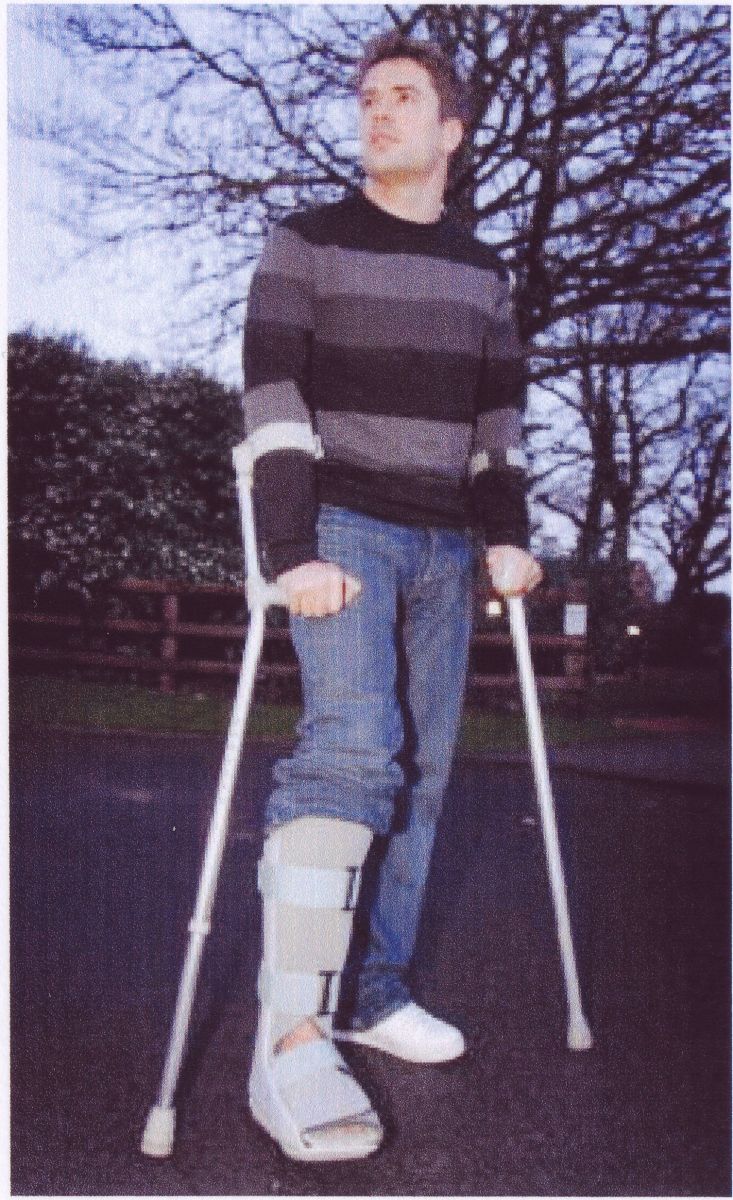 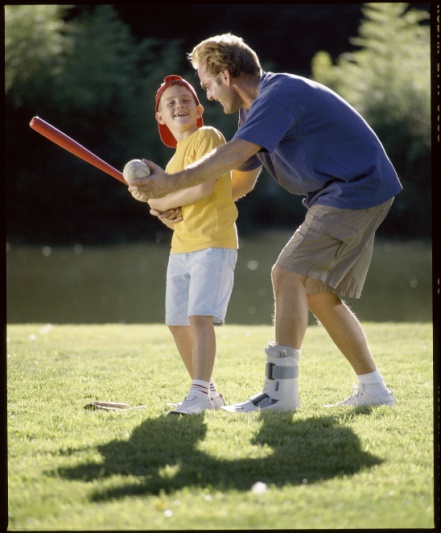 |
參考文獻
- 自由時報電子報2012-8-27 台灣骨折發生率 高居亞洲第1世界第7
- Injuries of the Foot and Ankle in Occupational Medicine: A 1-Year StudyGrimm DJ & Fallet L, The Journal of Foot & Ankle Surgery 38(2): 102-108, 1999
- Ankle FracturesAmerican Academy of Orthopaedic Surgeons(AAOS) 2007
- Functional Treatment and Early Weightbearing After an Ankle Fracture: AProspective StudySimanski CJP et al., J Orthop Trauma 20(2): 108-114, 2006
- Use of a Cast Compared with a Functional Ankle Brace After Operative Treatment of an Ankle Fracture: A Prospective, Randomized StudyLehtonen H et al., Bone Joint Surg. 85A(2):205-211, 2003
- he Law of Bone Remodeling Wolff J., Berlin Heidelberg: New York: Springer, 1986
- Tibia (Shinbone) Shaft FracturesAmerican Academy of Orthopaedic Surgeons(AAOS) 2010
- Functional outcome of surgery for fractures of the ankle: a prospective, randomised comparison of management in a cast or a functional brace Egol KA et al., J Bone Joint Surg. 82B(2):246-249, 2000
- The Aircast Walking Brace versus Conventional Casting Methods: A Comparison Study Kalish SR et al., Journal of the American Podiatric Medical Association 77(11): 589-595, 1987
- The Aircast/AirStirrup System for Graduated Management of Lower Extremity Injuries Stover CN & York JM, Scientific Exhibit Paper, AAOS, San Francisco, 1979
- Comparison of Two Conservative Methods of Treating an Isolated Fracture of the Lateral Malleolus Port AM et al., J Bone Joint Surg 78B(4): 568-572, 1996
- Effects of Immobilization on Plantar-Flexion Torque, Fatigue Resistance, and Functional Ability Shaffer MA et al., PHYS THER 80(8): 769-780, 2000
- Following an Ankle Fracture Early Weight Bearing After Posterior Malleolar Fractures: An Experimental and Prospective Clinical Study Papachristou G et al., The Journal of Foot & Ankle Surgery 42(2): 99-104, 2003
- Mobilization after operation of ankle fractures: Good results of early motion and weight bearing Ahl T et al., Acts Orthop Scand 59(3): 302-306,1988
- The Effect of a Pneumatic Leg Brace on Return to Play in Athletes with Tibial Stress Fractures Swenson EJ et al., Am J Sports Med 25(3): 322-328, 1997
- A Pneumatic Leg Brace for the Treatment of Tibial Stress Fractures Whitelaw GP et al., Clinical Orthopaedics and Related Research 270: 301-305, 1991
- A new Concept in Fracture Immobilization: The Application of a Pressurized Brace Dale PA et al., Clinical Orthopaedics and Related Research 295: 264-269, 1993
- Effects of Intermittent Pneumatic Soft-Tissue Compression of Fracture-Healing in an Animal Model Park SH & Silva M, J Bone Joint Surg 85A(8): 1446-1453, 2003
- Passive Dorsiflexion Flexibility after Cast Immobilization for Ankle Fracture Nightingale EJ et al., Clinical Orthopaedics and Related Research 456: 65-69, 2007
- AAFP 2009 Splints and Casts: Indications and Methods Boyd A et al., Am Fam Physician 80(5):491-499, 2009
- Stress Fracture of the Foot and Ankle American Academy of Orthopaedic Surgeons (AAOS) 2009
- Update on Acute Ankle Sprains Tiemstra J D, Am Fam Physician 85(12), 2012
- Treatment of severe ankle sprain: a pragmatic randomized controlled trial comparing the clinical effectiveness and cost-effectiveness of the three types of mechanical ankle support with tubular bandage. The CAST trial Cooke MW et al., Health Technology Assessment 13(13): 1-121, 2009
- An economic evaluation of early versus delayed operative treatment in patients with closed tibial shaft fractures Sprague S et al., Arch Orthop Trauma Surg 122 :315–323, 2002
- Treatment of Charcot foot and ankle with a prefabricated removable walker brace and custom insole. Verity S et al., Foot and Ankle Surgery 268:1-6, 2007
相關文章
脂肪幹細胞小兵也能立大功!2018年《特管辦法》通過後,開放脂肪幹細胞與間質幹細
腰椎作為脊柱的組成部分之一,上承胸椎,下接骶骨和尾骨,在維持身體穩定、承擔負重等
半夜醒可能是這些原因 半夜醒來是正常的生理現象,但次數過多或影響到睡眠質量就要
一、手機放床頭,容易得腦瘤?有科學依據嗎? 了解這個問題之前,我們需要先對輻射
1.控制飲食:減少高熱量、高脂肪、高糖分的食物攝入,增加蔬菜、水果、全穀類食物的
